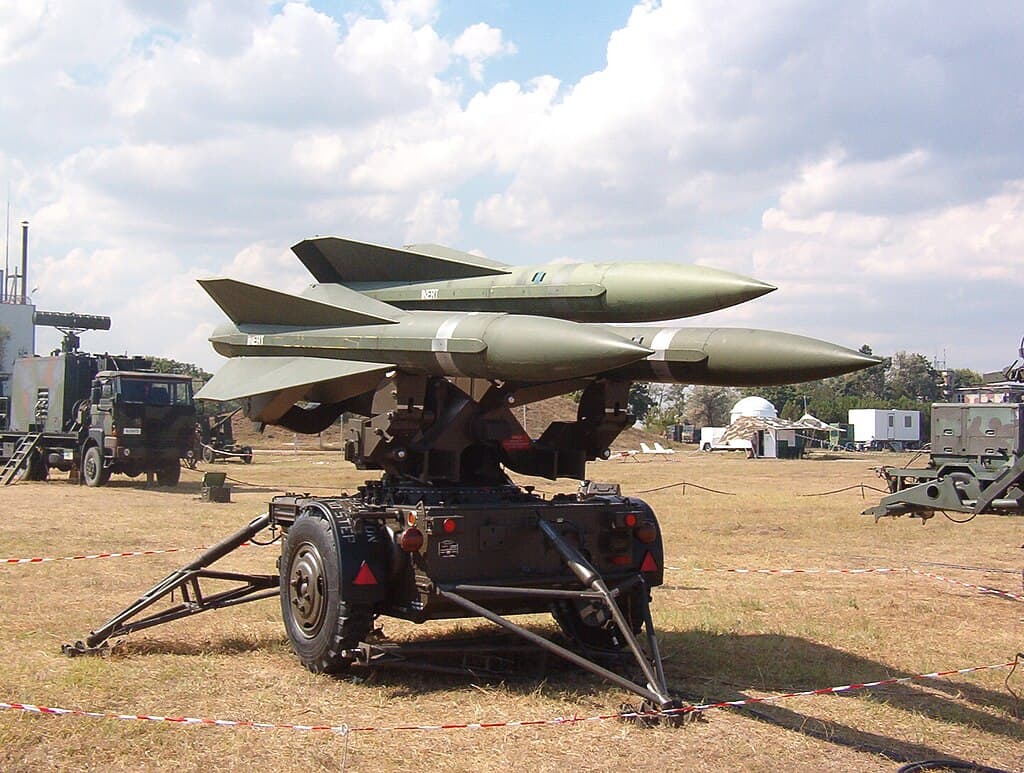
The I-HAWK surface-to-air missile system, developed by Raytheon, has been a cornerstone of air defense since its introduction in the 1960s. Originally created to counter the emerging aerial threats of the Cold War, the system has evolved over the decades through comprehensive upgrades.
The Improved HAWK incorporates advanced radar, missile guidance, and command systems, enhancing its capabilities against modern aircraft, drones, and some types of ballistic missiles. Its modular design allows for seamless integration into a layered air defense network, making it a versatile solution for both static and mobile deployment scenarios.
Key Features of the I-HAWK
The I-HAWK missile system is equipped with a semi-active radar-guided interceptor capable of neutralizing aerial threats with precision. The missile can achieve ranges of up to 40 kilometers and intercept targets at altitudes as high as 18 kilometers. Its high-explosive fragmentation warhead ensures maximum damage upon impact, effectively countering aircraft and tactical missile threats.
Radar systems play a crucial role in the I-HAWK’s functionality. It employs advanced radar units like the AN/MPQ-50 pulse acquisition radar and the AN/MPQ-51 high-power illuminator radar, which ensure precise detection, tracking, and engagement of enemy targets. These radars are further enhanced with electronic counter-countermeasure (ECCM) capabilities to operate effectively in contested electromagnetic environments.
The system’s command and control architecture features digital processing units for real-time data analysis and decision-making. This networked approach allows the I-HAWK to integrate seamlessly with other air defense assets, enhancing its overall operational effectiveness. Designed for versatility, the I-HAWK can be transported and deployed via tactical vehicles, ensuring rapid mobility and redeployment across diverse operational theaters.
Performance and Capabilities
The I-HAWK missile system offers robust performance against a variety of aerial threats. With its semi-active radar guidance, it achieves a high degree of accuracy, intercepting targets at speeds exceeding Mach 2. The system’s effective range of 40 kilometers and altitude coverage up to 18 kilometers make it suitable for both low- and high-altitude engagements. Its ECCM capabilities ensure reliable operation against adversaries employing electronic warfare tactics, while its modular design facilitates integration into multi-layered defense systems.
Operational flexibility is a hallmark of the I-HAWK, as it can be deployed in static positions or mobile configurations. Its adaptability to various terrains and weather conditions ensures consistent performance in complex combat scenarios. Furthermore, periodic upgrades have bolstered its radar systems, missile capabilities, and survivability, extending the system’s service life and maintaining its relevance in modern defense networks.




















